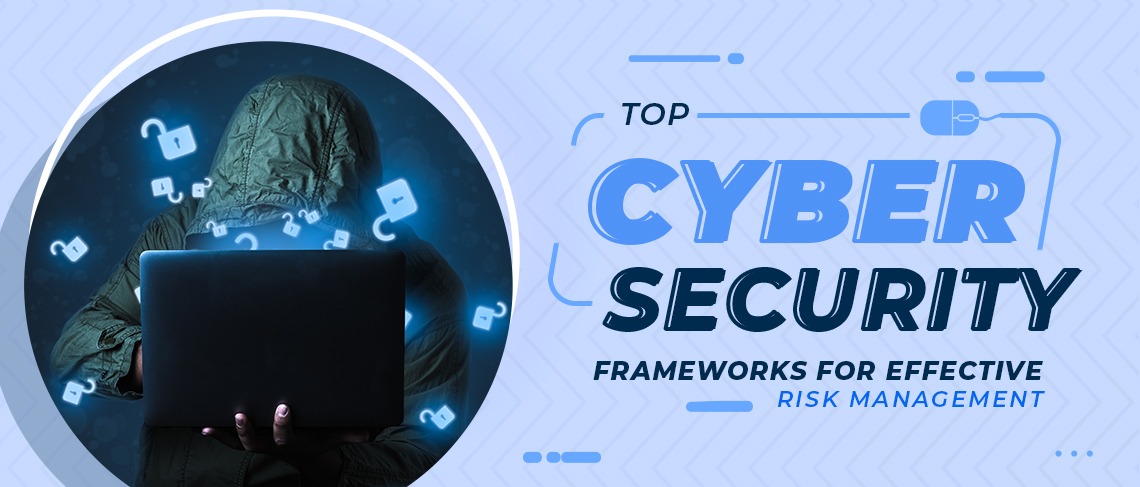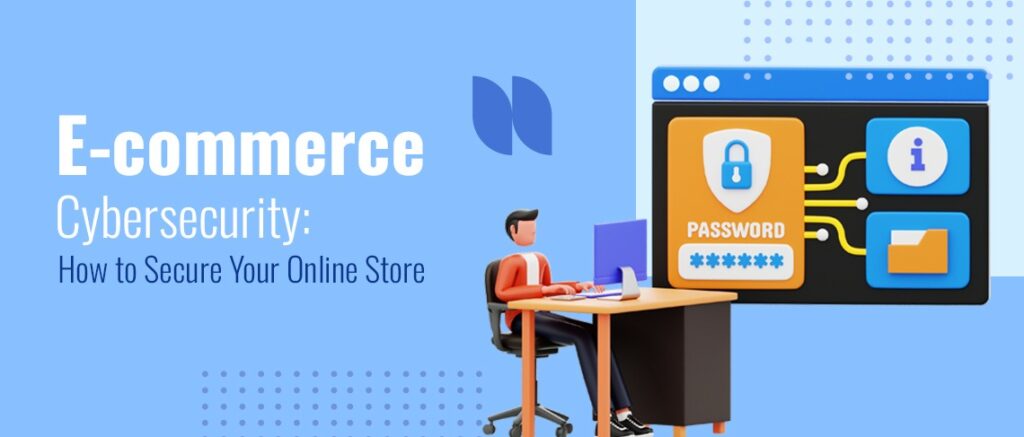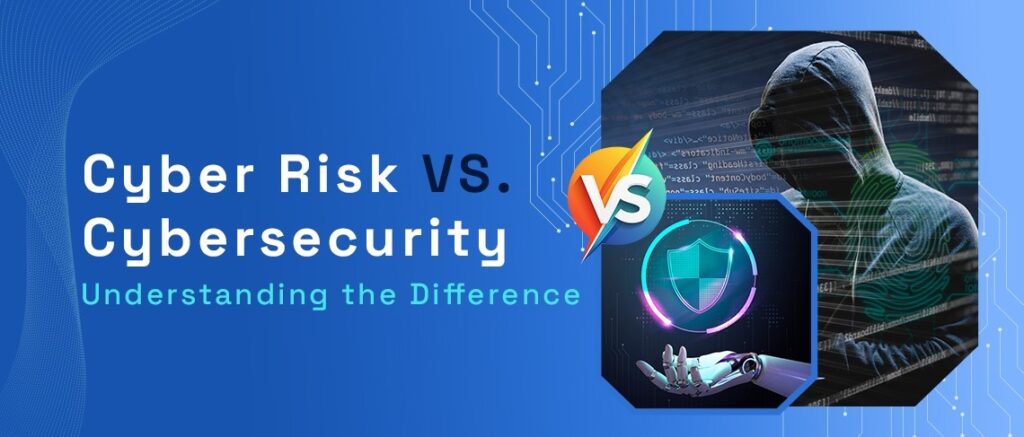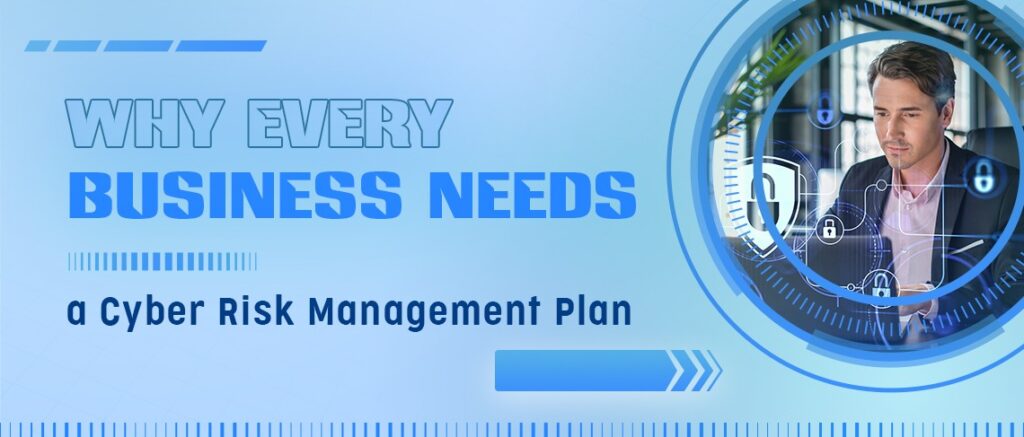Cybersecurity is more than just a catchphrase in today’s technologically advanced world; it is a commercial need. Weak cyber defenses can have disastrous results, ranging from ransomware attacks that cripple huge organizations to data breaches that expose sensitive customer information. To help firms manage risk, develop resilience, and maintain regulatory compliance, cybersecurity frameworks come into play.
The best cybersecurity frameworks used by various businesses to improve security posture and efficiently manage risks will be discussed in this article. This guide will take you through every step of your cybersecurity journey, regardless of whether you’re just starting out or want to improve your security approach.
Understanding the Basics
What is a Cybersecurity Framework?
A cybersecurity framework is a set of guidelines, best practices, and standards designed to help organizations manage and reduce cybersecurity risks. Think of it as a roadmap that outlines how to identify threats, protect systems, detect incidents, respond effectively, and recover from attacks.
These frameworks aren’t one-size-fits-all. They can be tailored to meet the needs of organizations of all sizes and sectors, from startups to multinational corporations.
Why Do Businesses Need a Cybersecurity Framework?
- Risk Reduction: Frameworks help proactively identify and mitigate threats.
- Compliance: Helps businesses comply with industry regulations like GDPR, HIPAA, or PCI DSS.
- Reputation Management: Prevents data breaches that could harm brand reputation.
- Operational Continuity: Supports rapid recovery in the event of an incident.
Now that we’ve laid the foundation, let’s dive into the most trusted cybersecurity frameworks used worldwide.
Exploring Popular Frameworks
At this stage, you’re aware of the importance of cybersecurity frameworks and are looking to evaluate your options. Here are the top cybersecurity frameworks trusted by businesses globally:
1. NIST Cybersecurity Framework (CSF)
Developed by the National Institute of Standards and Technology (NIST), this framework is among the most widely used in the U.S. and globally.
Key Functions:
- Identify
- Protect
- Detect
- Respond
- Recover
Best For: Medium to large enterprises across industries.
Why Use It?
- Highly flexible and scalable.
- Aligns with many other regulations and standards.
- Strong focus on risk management and resilience.
2. ISO/IEC 27001
This international standard provides a framework for an Information Security Management System (ISMS).
Core Components:
- Information security policies
- Asset management
- Access control
- Incident management
Best For: Global organizations seeking a formal certification.
Why Use It?
- Recognized globally, enhances credibility.
- Provides a structured approach to managing sensitive data.
- Integrates well with other management systems (like ISO 9001).
3. CIS Controls
The Center for Internet Security (CIS) offers a prioritized set of actions to protect organizations from cyber threats.
Core Areas:
- Inventory of hardware/software
- Continuous vulnerability management
- Secure configurations
- Email and web browser protections
Best For: Small to mid-sized businesses looking for practical, actionable steps.
Why Use It?
- Easy to implement.
- Helps organizations focus on high-impact actions.
- Frequently updated to address emerging threats.
4. COBIT (Control Objectives for Information and Related Technologies)
COBIT is more focused on the governance and management of IT.
Best For: Enterprises that need to align IT goals with business objectives.
Why Use It?
- Strong in risk governance and audit.
- Good fit for organizations with mature IT departments.
- Integrates with other frameworks like NIST and ISO.
5. PCI DSS (Payment Card Industry Data Security Standard)
If your business handles credit card transactions, PCI DSS is a must-follow.
Key Focus Areas:
- Secure network architecture
- Protect cardholder data
- Implement strong access control
Best For: Retailers, e-commerce platforms, and payment processors.
Why Use It?
- Mandatory for compliance in payment processing.
- Reduces the risk of financial data theft.
- Boosts customer trust.
Making the Right Decision
Now that you’ve explored the top frameworks, you might be wondering: Which one is right for my organization?
Key Considerations When Choosing a Cybersecurity Framework:
- Business Size and Industry
- Small businesses may benefit from the simplicity of CIS Controls.
- Global enterprises may require the robust standards of ISO/IEC 27001.
- Regulatory Requirements
- Handle payments? Go with PCI DSS.
- Need federal compliance? NIST CSF is ideal.
- Existing Infrastructure
- If you already use IT governance tools, COBIT may integrate better.
- Resources Available
- Some frameworks are more resource-intensive and may require dedicated teams or consultants.
Final Thoughts: Building a Risk-Resilient Business
Developing a culture of security within your company is more important than simply checking boxes when implementing a cybersecurity strategy. These frameworks support successful incident response, prudent resource allocation, and vulnerability identification.
However, keep in mind that selecting a framework is only the first step. Consistent monitoring, training, and implementation provide the true benefit. Cybersecurity is a process rather than a final goal.
Ready to Take the Next Step?
Our professionals can assist you in selecting and putting into practice the best framework or in searching for a customized cybersecurity solution. We assist companies of all sizes in developing robust, legal, and resilient security plans.
📞 Contact Us Today to schedule a free cybersecurity consultation!



